
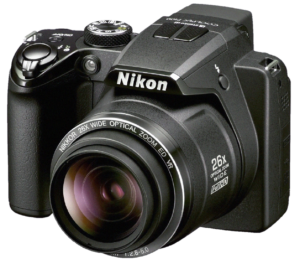
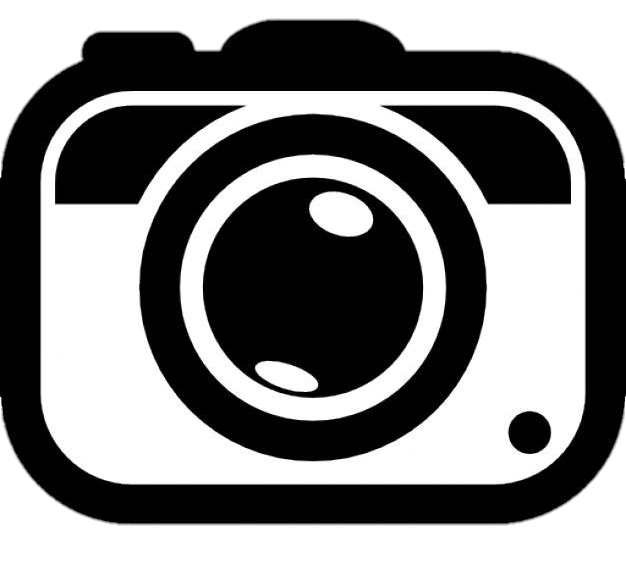
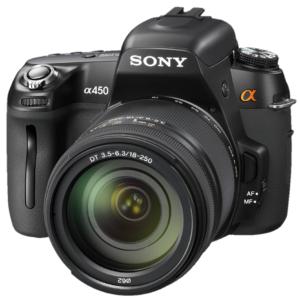
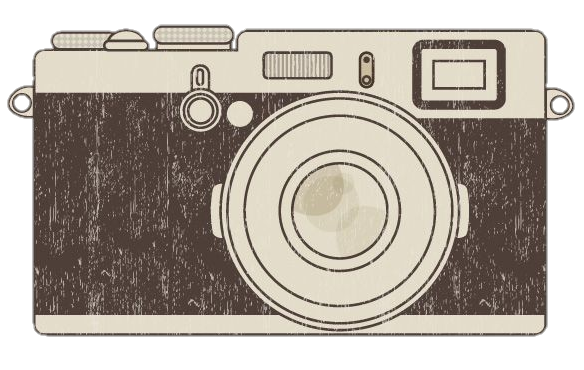
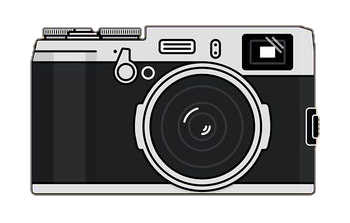
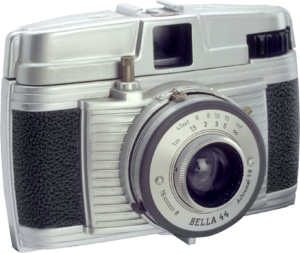
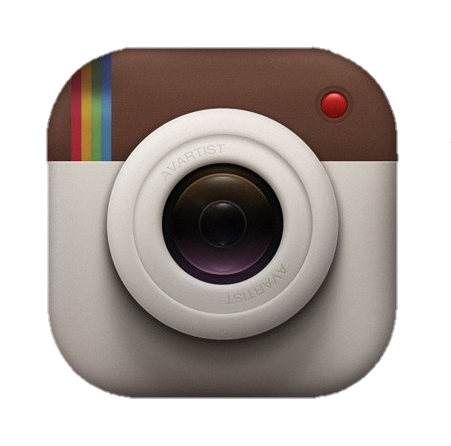
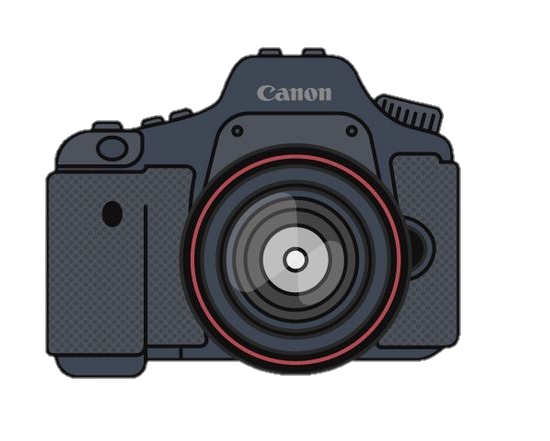
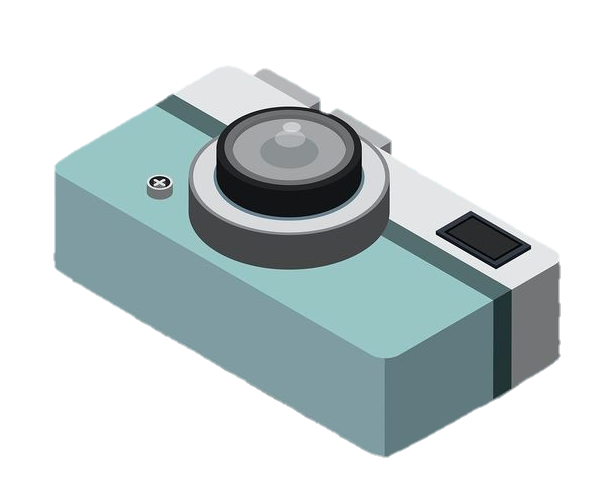

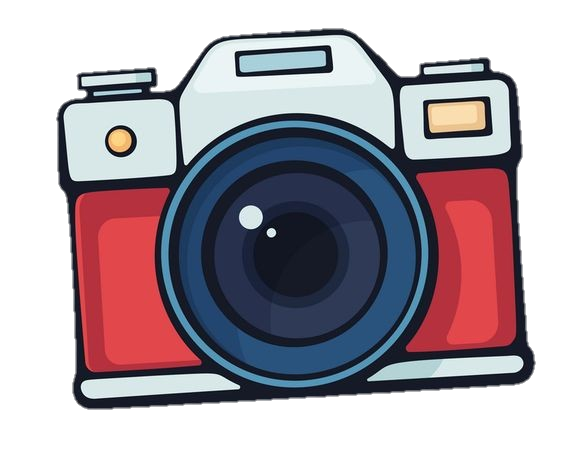
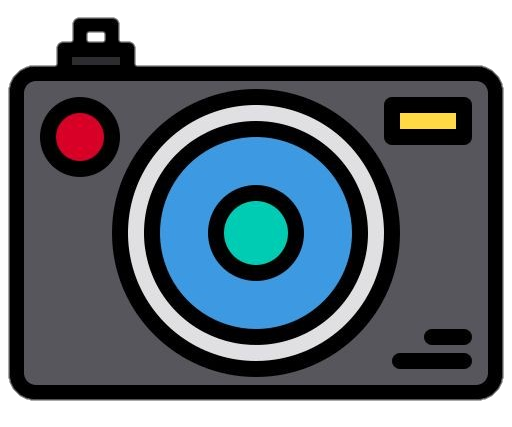


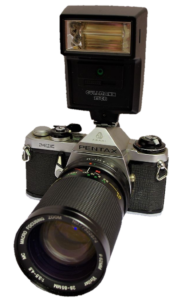
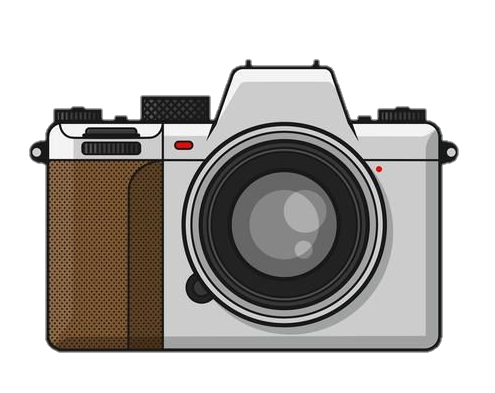
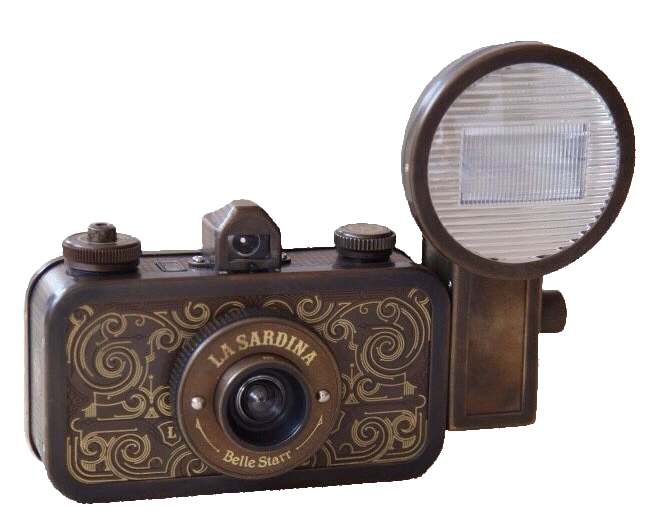


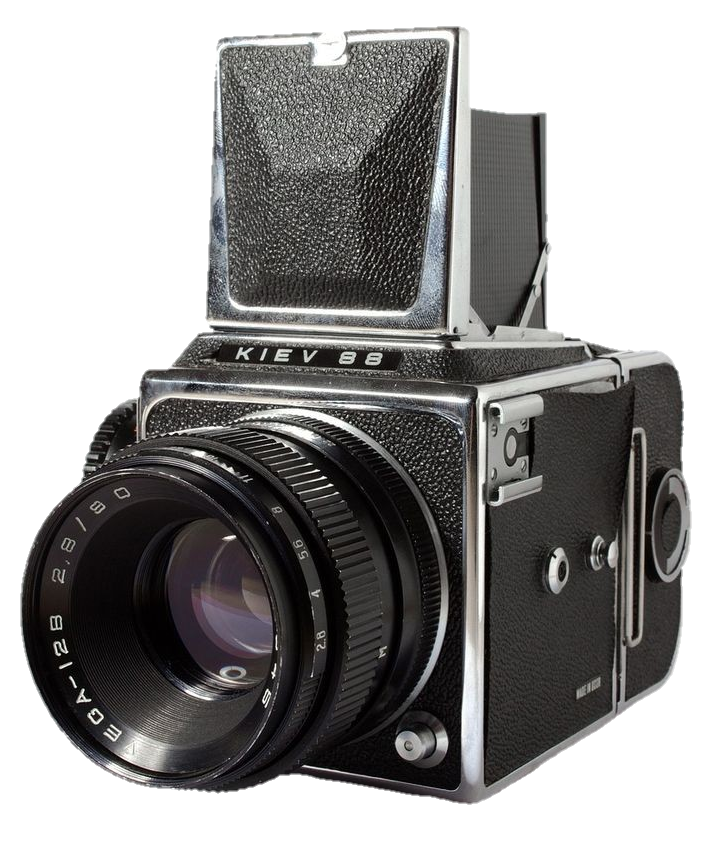
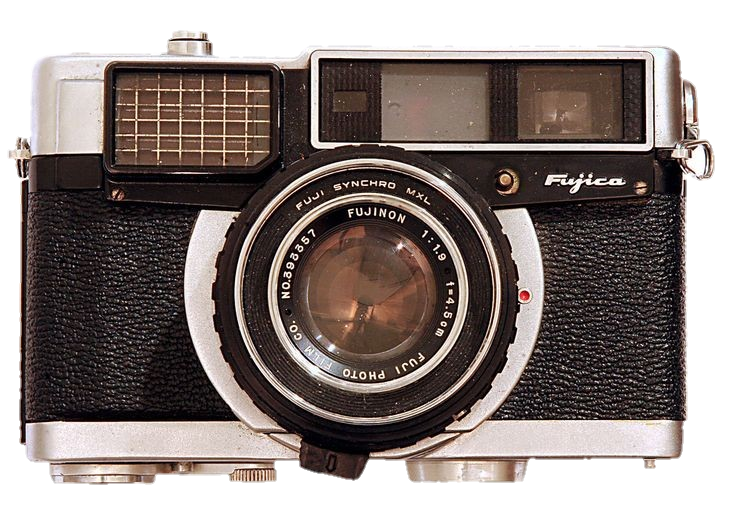
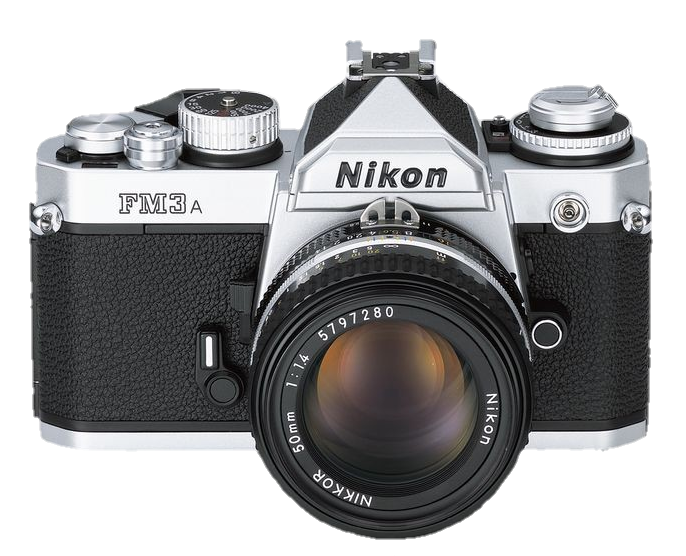

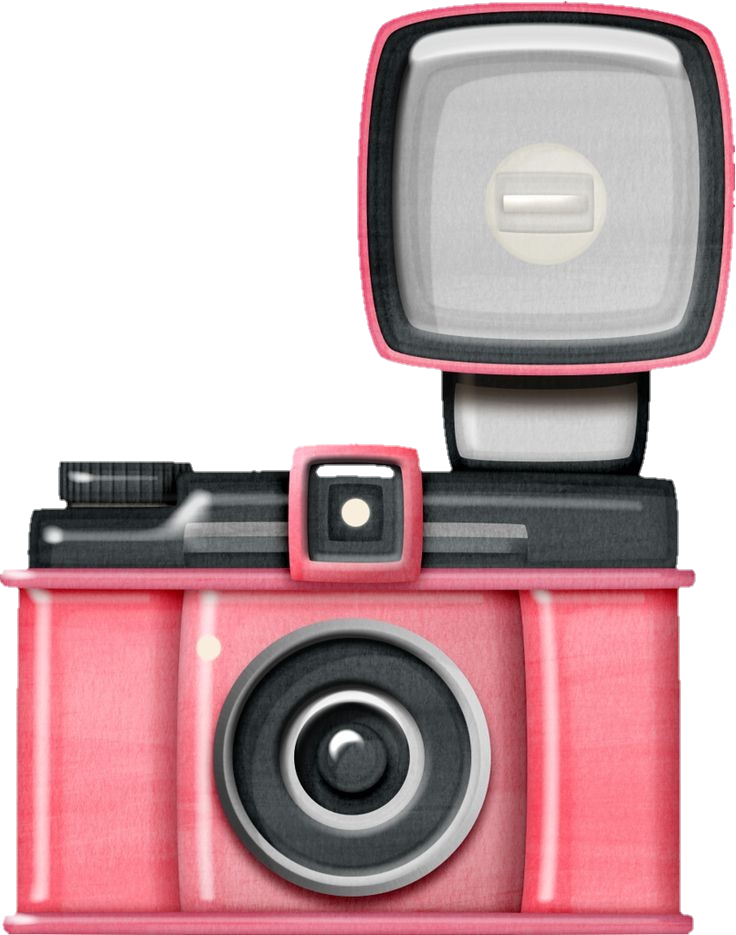
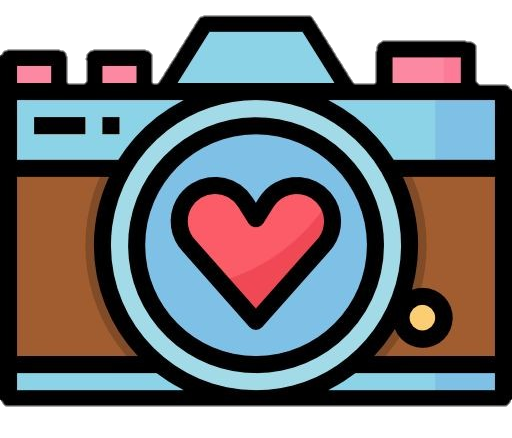

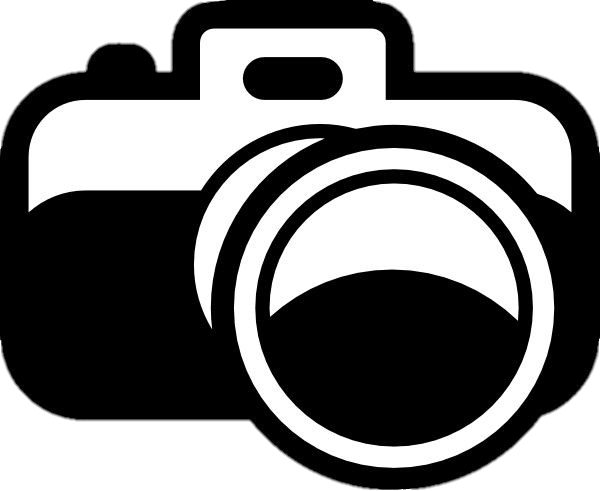


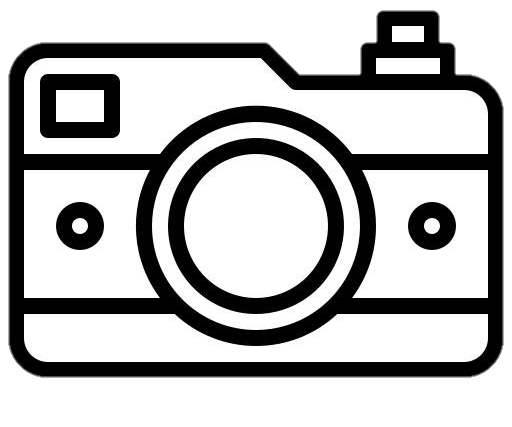
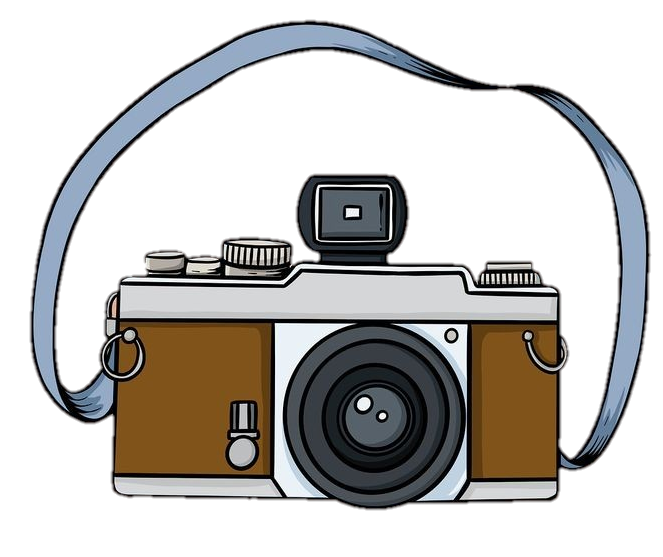
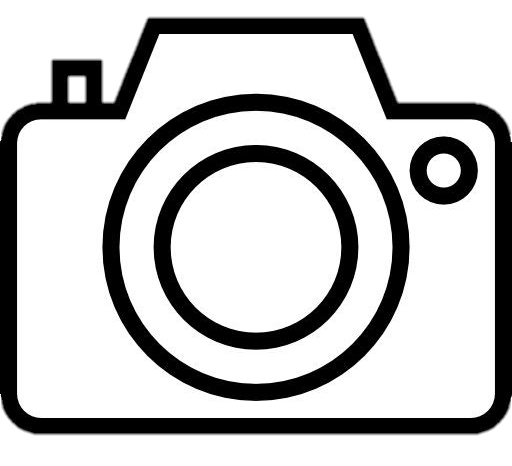
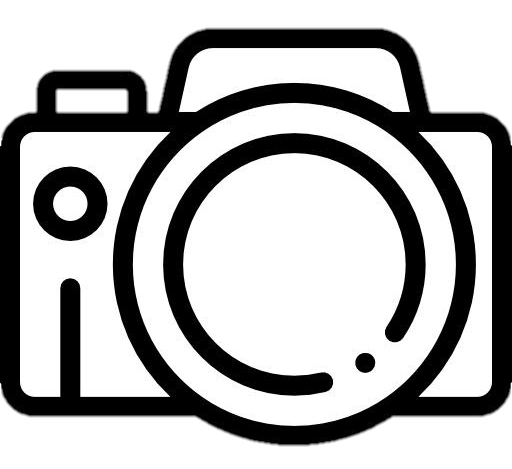
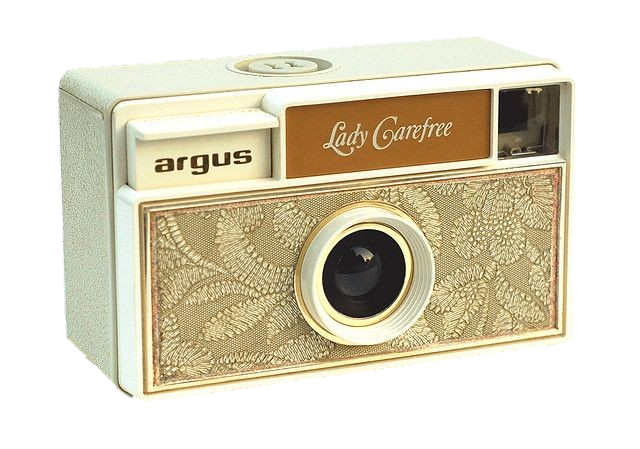

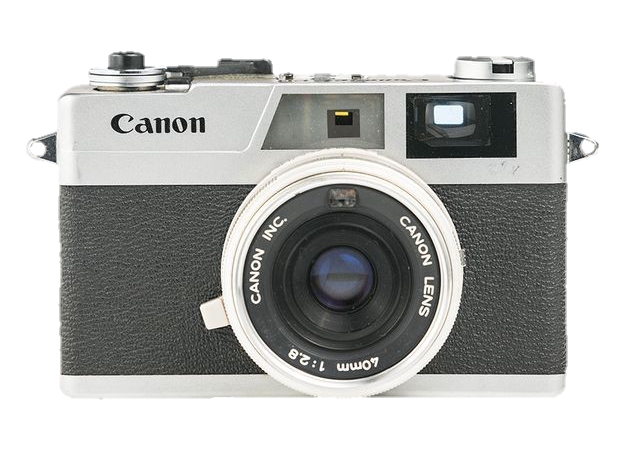
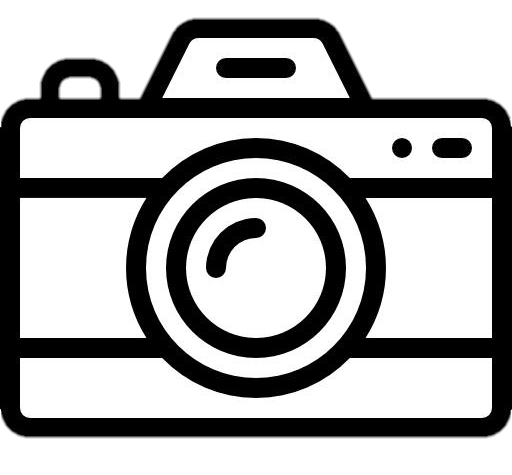
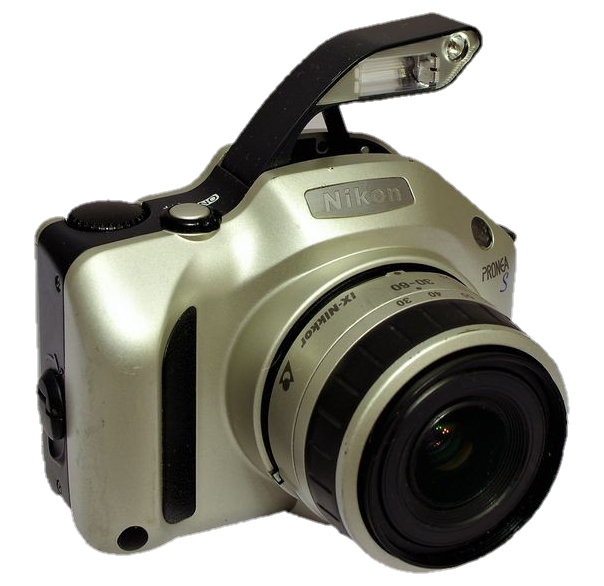
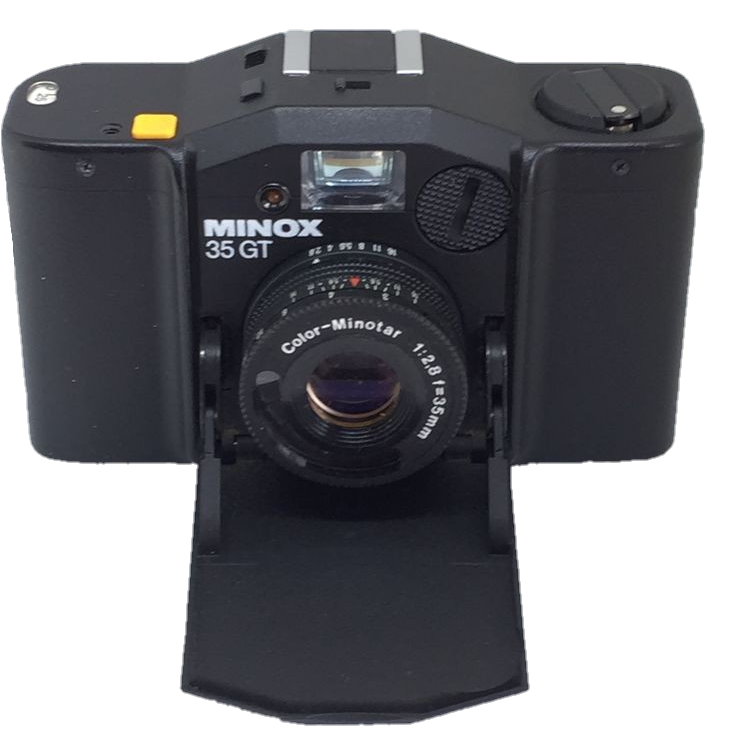
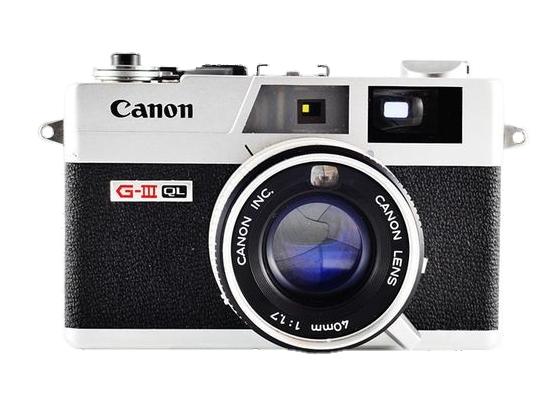
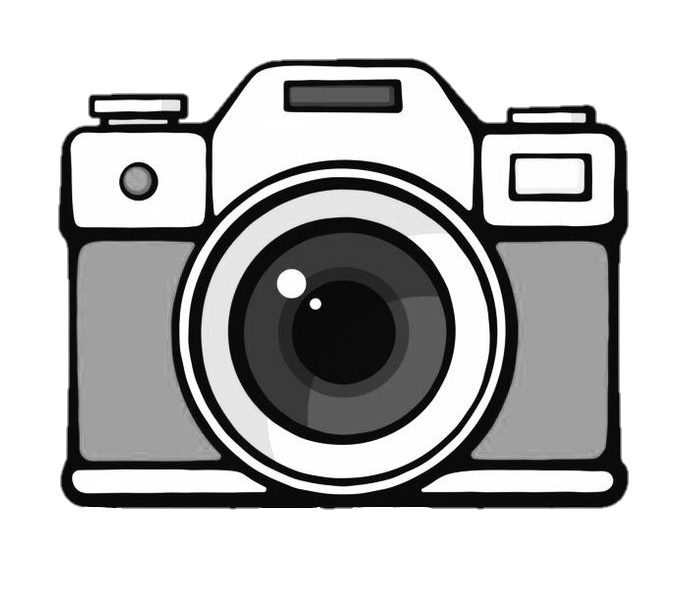
The camera, designed to capture and preserve visual moments, has revolutionized how we perceive and interact with the world. Cameras have evolved remarkably from their humble beginnings as simple optical devices to today’s advanced digital imaging technology.
The history of cameras dates back to ancient times when people used pinhole cameras, essentially dark chambers with small holes, to project an inverted image onto a surface. However, it wasn’t until the 19th century that the first practical camera, known as the daguerreotype, was introduced by Louis Daguerre. This marked the beginning of photography as we know it today.
Over the years, cameras have evolved from large and cumbersome contraptions to compact and sophisticated devices. Various types of cameras have emerged, catering to different needs and purposes. Traditional film cameras gave way to digital cameras, which have become the norm in the 21st century. Within the digital realm are compact point-and-shoot cameras, powerful DSLRs (Digital Single-Lens Reflex), mirrorless cameras, action cameras, and even smartphones.
Technological advancements have played a pivotal role in shaping the capabilities of cameras. The transition from film to digital photography marked a significant milestone. Digital cameras allowed for instant previewing of images, eliminating the need for costly film development. This led to the democratization of photography, as anyone could now capture and share pictures quickly.
Furthermore, the progression from analog to digital imaging improved image quality, storage, and manipulation. High-resolution sensors, advanced autofocus systems, and powerful image-processing algorithms have transformed how we capture and interpret visual information. Additionally, features like image stabilization, low-light performance, and wireless connectivity have expanded the creative possibilities for photographers.
Cameras have had a profound impact on various facets of society:
Art and Expression: Cameras have enabled individuals to express themselves creatively through photography. Photographs have become a medium of expression, allowing photographers to convey emotions, stories, and perspectives.
Journalism and Documentation: Cameras play a vital role in journalism by capturing pivotal moments, shedding light on social issues, and providing visual evidence. Photojournalism has the power to influence public opinion and bring about societal change.
Personal Memories: Cameras help us document our memories and experiences. Photographs allow us to relive moments, share our lives with others, and create a visual diary of our journey.
Science and Exploration: Cameras are essential tools in scientific research, enabling scientists to document observations, conduct experiments, and record data. Cameras on space probes have provided us with breathtaking images of distant planets and celestial phenomena.
Advertising and Marketing: Cameras are crucial in advertising and marketing. High-quality images promote products and services, influencing consumer behavior and brand perception.
Security and Surveillance: Cameras are integral to modern security and surveillance systems, enhancing public safety and deterring criminal activity.
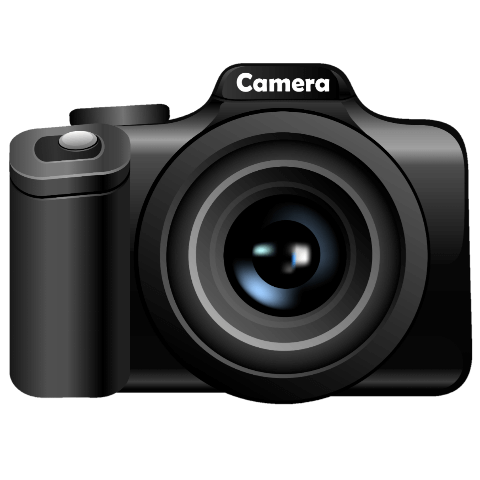




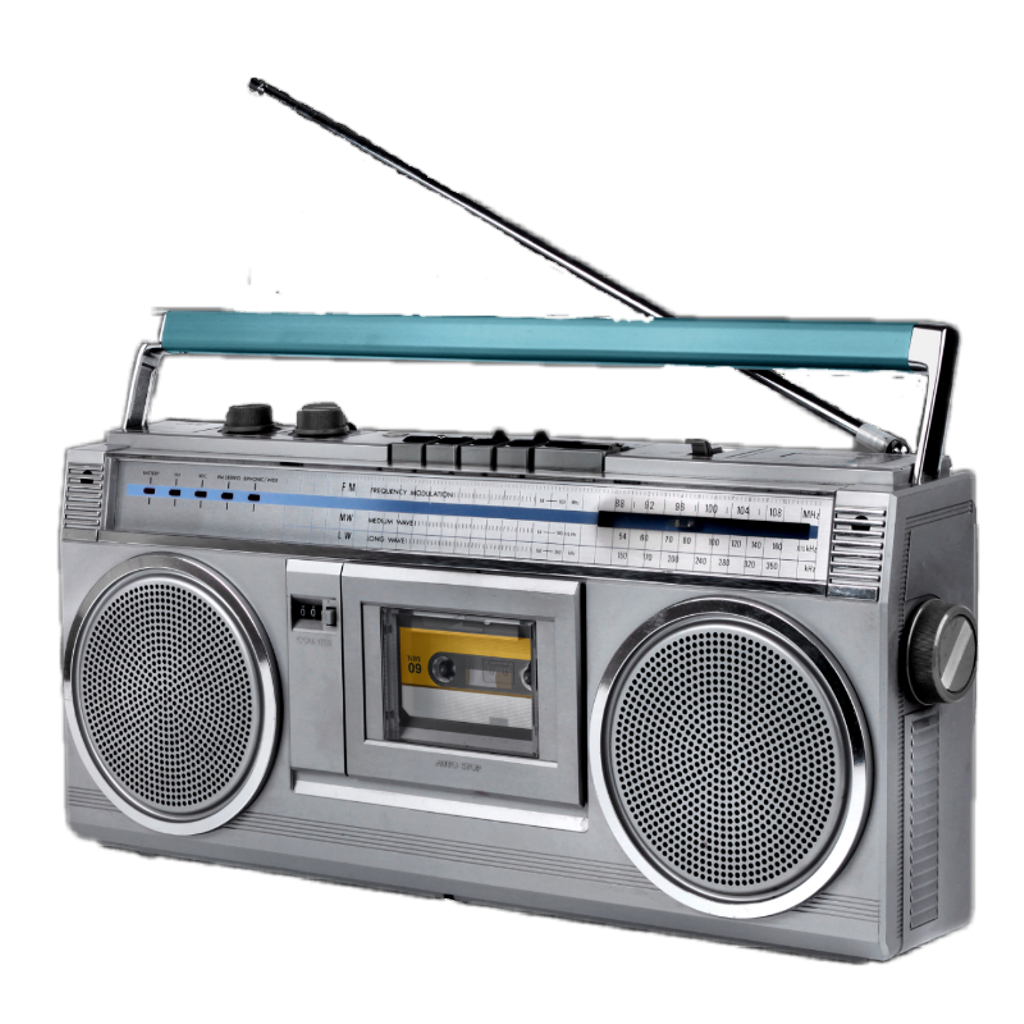

Leave a Comment